In the last decade, unmanned aerial vehicles (UAVs) or drones have become a ubiquitous and integral part of our lives. They appear in great variety in a wide variety of applications for economic, commercial, entertainment, military and academic purposes. This is due to technological trends and rapid advances in control, miniaturization and computerization, culminating in safer, lighter, more reliable, more accessible and cost-effective UAVs.
The article discusses the use of unmanned aerial vehicles (UAVs) both in industry as a whole and in its individual branches. The operation of unmanned aerial vehicles in aviation is also described in more detail. The problems that exist today in this area, as well as methods for solving these problems using unmanned technologies, are considered. The important relationship between the automatic control system and its integration into unmanned aerial vehicles is explained. The technical component of the drone is described in detail, as well as the relationship between each link of technical automation equipment. An example of software through which unmanned aerial vehicles are controlled is given. Additionally, application scenarios, potential problems, and security issues are discussed. Finally, future research directions are identified to further improve the research work. We believe that they can provide guidance and motivation for further research.
key words: drone (UAV), path planning, batteries, charging, applications, robotics, automation, automatic control system, mathematical model.

